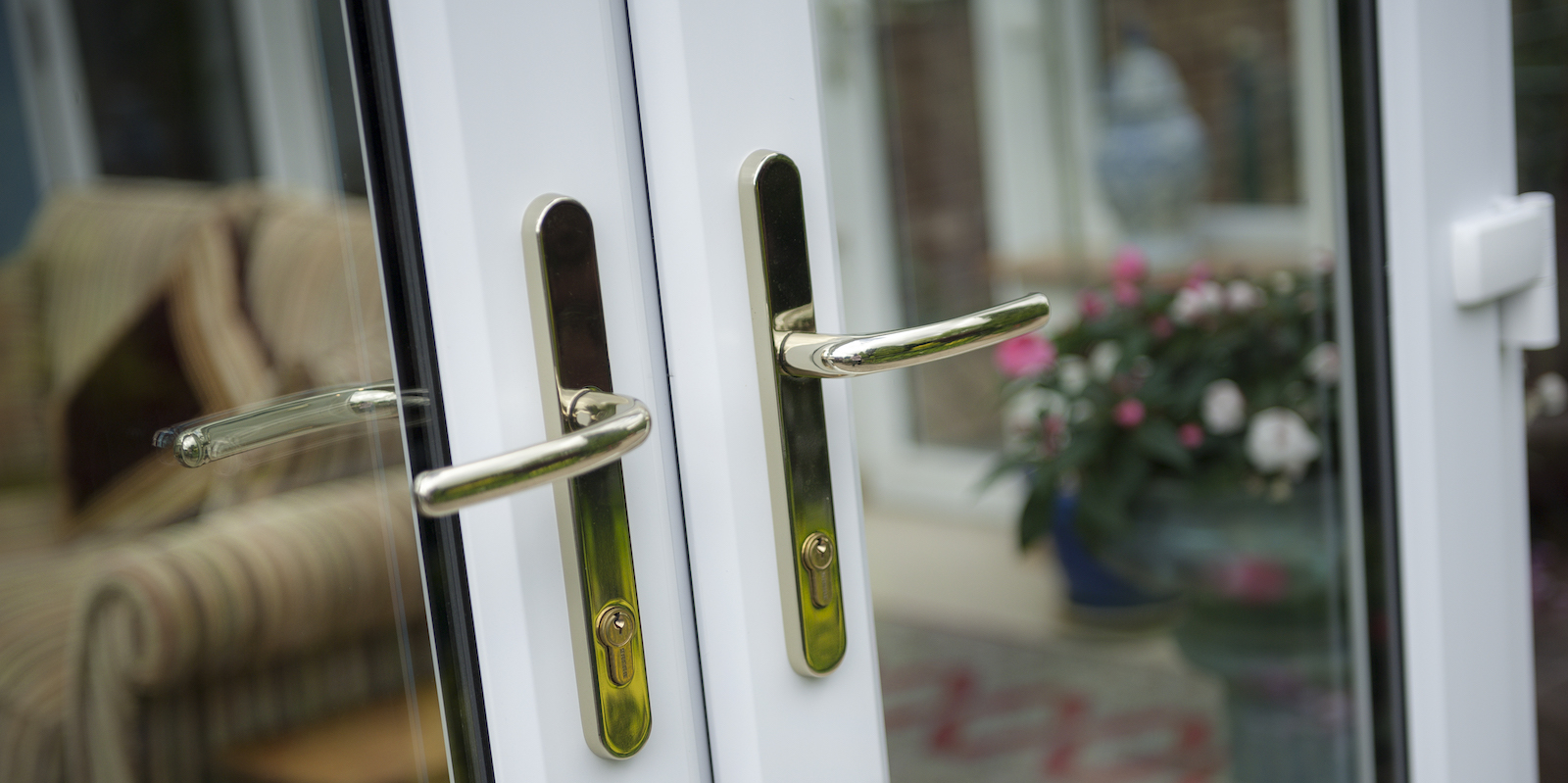You'll Never Guess This French Door Hinges's Tricks
Understanding French Door Hinges: A Comprehensive Guide
French doors are celebrated for their beauty, design, and capability to develop a smooth shift between indoor and outside spaces. Often an architectural focal point, making sure that French doors open and close efficiently is critical to both performance and looks. One essential part that plays a crucial function in this is the hinge. This post looks into the necessary aspects of French door hinges, checking out types, installation, maintenance tips, and often asked questions.
What Are French Door Hinges?
French door hinges are specialized hardware created to enable French doors to swing open from the center. Usually, one door is a fixed panel, while the other can be opened to produce a broad entrance. The hinges not only facilitate this movement however also support the doors' weight, ensuring they run efficiently and efficiently.
Characteristics of French Door Hinges
- Product: Commonly made from materials such as stainless steel, brass, or bronze for toughness.
- Design: Aesthetic appeal plays a crucial role; many hinges are created to match the design of the door.
- Functionality: Hinge designs can include alternatives like self-closing systems or adjustable stress.
Types of French Door Hinges
Understanding the different types of French door hinges can help in picking the finest option suited for particular doors. The list below types are frequently encountered:
1. Mortise Hinges
Mortise hinges require a pocket (mortise) to be cut into both the door and the frame.
- Benefits: They use a flush surface area and are more protected.
- Disadvantages: Installation is more intricate and might require professional assistance.
2. Surface-Mounted Hinges
These hinges are set up on the surface area of the door and the frame.
- Advantages: Easier to set up and replace.
- Downsides: They can be less visually pleasing as they protrude.
3. Piano Hinges
A constant hinge that runs the whole height of the door.
- Advantages: Provides excellent assistance, especially for heavy doors.
- Downsides: More costly and may require longer installation time.
4. Self-Closing Hinges
These hinges automatically pull the door closed after being opened.

- Advantages: Enhanced security and energy efficiency.
- Downsides: May need adjustment to fit particular door weights.
5. Decorative Hinges
Created particularly for visual appeal, these can come in a range of styles and surfaces.
- Benefits: Can enhance the overall look of the door.
- Downsides: May not be as resilient as standard choices.
| Kind of Hinge | Benefits | Drawbacks |
|---|
| Mortise Hinges | Flush surface, safe and secure | Complex installation |
| Surface-Mounted | Easy to set up | Protrudes from door |
| Piano Hinges | Excellent assistance | Greater cost, prolonged installation |
| Self-Closing | Security, energy effectiveness | Requires weight adjustment |
| Ornamental | Visual appeal | Sturdiness can vary |
Picking the Right French Door Hinge
The option of hinge is vital and depends upon numerous elements:
- Weight of the Door: Heavier doors require stronger hinges like mortise or piano hinges.
- Door Material: Wood, metal, or composite materials can influence hinge selection.
- Aesthetic appeals: The style and surface of hinges need to match the general style of the French doors.
- Functionality: Consider if self-closing features or extra support is required.
Installing French Door Hinges
Installation is an important action in making sure that French doors work properly. Follow these general steps for installing French door hinges:
Tools and Materials Needed
- Screwdriver
- Drill
- Measuring tape
- Level
- Hinge
- Screws
Installation Steps
- Measure and Mark: Align the hinges on the door and frame, making sure proper height and alignment.
- Drill Holes: Use a drill to make pilot holes for screws.
- Attach Hinge: Secure the hinge to the door with screws, inspecting that it aligns correctly with the frame.
- Inspect Level: Use a level to make sure the door hangs directly before protecting the hinge.
- Repeat on Other Side: Install the second depend upon the opposing side of the door.
Maintenance Tips for French Door Hinges
Correct maintenance can greatly extend the life-span of French door hinges:
- Lubricate Regularly: Use silicone spray or petroleum jelly to keep hinges operating smoothly.
- Inspect for Rust: Regularly examine for indications of rust or corrosion and replace if necessary.
- Tighten Screws: Ensure screws are protected. Loose screws can result in misalignment.
- Tidy the Area: Keep the hinge area devoid of particles and dirt to avoid wear.
Frequently Asked Questions About French Door Hinges
1. How often should I oil my French door hinges?
- It is suggested to lubricate hinges every 6 months to make sure smooth operation.
2. Can I change French door hinges without getting rid of the door?
- Most of the times, yes. You can change one hinge at a time without taking the door down, however guarantee it is securely supported.
3. What if my French door will not close properly?
- Misalignment, loose screws, or damaged hinges are common issues. Check these locations and make required modifications or replacements.
4. How do I choose the ideal surface for my hinges?
- Align the hinge finish with the hardware and decor of your door to accomplish a cohesive appearance.
5. Are DIY installations suggested for French door hinges?
- If you have standard carpentry skills and the right tools, DIY is practical. Nevertheless, complex setups might be much better handled by specialists.
French door hinges play a critical function in the functionality and aesthetic appeal of French doors. By comprehending the different kinds of hinges, choosing the appropriate style, and carrying out proper maintenance practices, house owners can ensure that their French doors stay a beautiful and functional function of their area. Whether selecting a self-closing hinge for benefit or decorative choices to enhance visual appeal, informed decisions will cause enduring fulfillment in one's home.


